To understand capitalism, you must understand socialism. In a socialist financial system, both losses and gains are socialized, while capitalistic economies socialize losses and privatize gains; this happens through government bailouts, stimulus, and inflation. While it may seem like business as usual, inflation has an inherently compounding effect, and when left in the control of trusted entities, such as political systems and corporations, will always lead to a corrupted politico-economic system. Fiat money is the tool that enables this self-destructive cycle.
Fiat is derived from a Latin word meaning “it shall be.” To add to the Latin definition, fiat currency is not backed by anything, throughout history governments have moved from gold backed currencies in order to finance wars and have greater control on inflation.
While there are many comparisons to make, Nero-era economics stands to be the best example of what can happen with an economy built around fiat. Nero came to power in 54 AD, and the wheels that would cause the collapse of the Roman Empire were set in motion. He reduced the silver content in Roman coins little by little, to increase supply. By year 217, the silver content in the Roman coins was reduced by almost half, replaced with copper. Less than two decades later, the ‘Crisis of the Third Century’ began, and the debasement of Roman currency continued. Fueled by war, political assassinations, civil unrest, and food shortages, the silver content eventually dropped to 2% by the year 300 AD. It was to the point that coins in circulation would eventually have the silver wear off, revealing the copper underneath. Less than 100 years later the Empire would collapse.
Over time, any amount of trust given to an entity to govern currency will result in corruption. I am not arguing government is inherently bad, but when given the option between a popular social initiative and an unpopular tax hike, fiat enables governments to choose a third option, move forward with the social initiative and finance through inflation. A trustful relationship with government and financial institutions assumes those in charge are insusceptible to human pressures, which is the riskiest assumption to make.
In the United States, the Gold Standard was abandoned in 1933 and replaced by an adjustable dollar to gold conversion rate. Over the years, the conversion rate grew exponentially, until it finally ended in 1971 during the Nixon administration, analogically reducing the silver content of the Roman currency till it’s completely moved from a store of value, to currency value the government has deemed “it shall be,” to fiat.
The majority of the world has a vested interest in the success of the US Dollar. In fact, in 1945, 44 countries decided to adopt the dollar as the official reserve currency of the world via the Bretton Woods Agreement. So, when considering foreign exchange indexes and relative inflation, you must consider the value of many of the world’s currencies are based on their US Dollar reserves, among other smaller factors. The Bretton Woods Agreement was a major success for the United States and guaranteed a level of monetary stability. This dynamic creates a political rift among other world powers, such as China and Russia, who would like to not only enjoy the same stability, but also want independence from the US Dollar. In 2018, China created the petroyuan, a gold backed currency meant to be used in oil trade as an alternative to the petrodollar. More recently, China has increased its gold imports to the point of typically surpassing the US on a year-over-year basis, further strengthening its reserves and adversarial currency.
China has a small Achilles heel if it moves to debase the US Dollar, Hong Kong. Hong Kong is one of the major financial hubs of the world, hence the fight for autonomy. The Hong Kong Dollar is backed by nearly 600B USD, making its economy reliant on the stability of the dollar. However, in 1984, Margaret Thatcher signed a treaty with China, outlining the assimilation back into mainland that would finish in 2047, meaning by 2047 Hong Kong will likely abandon the Hong Kong dollar and adopt the Chinese Yuan. As evident in recent conflicts in Hong Kong, and the global reaction that followed, China seems to want to speed up this assimilation and potentially remove the US dollar liability.
With advancements in technology, we now have the power to remove trust from governments and financial institutions. China is not trying to move away from global dependence on the dollar for brand recognition, it’s due to a lack of trust in the entities that control the dollar. If the shoe was on the other foot, the lack of trust would still exist, and other world powers would be moving to debase Chinese currency. The only answer, without repeating historical cycles, is an uninflatable supply of money with an auditable ledger.
Bitcoin will be used as a tool in an economic war, as a crutch for countries to adopt as China destabilizes the dollar. However, Bitcoin is not the answer to everything, it’s deflationary by nature – 4% of total supply is lost every year. Bitcoin finds its perfect use case as a stable trade currency, which may be difficult to think about if you look at the price swings of the cryptocurrency indexes, but with adoption comes stability. With Bitcoin, nobody needs to trust the US, or any other country, to keep inflation in check and the impact of leveraging currency as a tool of war is mitigated.
Not only does Bitcoin solve currency manipulation at the global level, but the concept can be applied to domestic issues. Bitcoin will not work as a consumer level currency, due to the debt-driven nature of much of the world. A secondary currency, potentially issued by central banks, will be necessary for day-to-day transactions, loans, and other lines of credit; this sidesteps the deflationary aspect of Bitcoin. How do we implement a trustless relationship with a central bank digital currency? Algorithmic inflation. We need a system that will use a deflationary store of value, like Bitcoin, coupled with an autonomous inflationary currency for debt and day to day transactions.
For now, it’s a race against time. The average age of a cryptocurrency investor is 37, which is fairly young when compared to the average age of a US Senator, 63. It’s incredibly difficult to legislate something that the Senators have little understanding of. As adoption continues, so will global politico-economic escalations, which is why we need to focus on educating people on the inherent risks of a fiat-based trustful relationship with our government, before we follow the same path many societies have suffered in the past.

You can get bonuses upto $100 FREE BONUS when you:
💰 Install these recommended apps:
💲 SocialGood - 100% Crypto Back on Everyday Shopping
💲 xPortal - The DeFi For The Next Billion
💲 CryptoTab Browser - Lightweight, fast, and ready to mine!
💰 Register on these recommended exchanges:
🟡 Binance🟡 Bitfinex🟡 Bitmart🟡 Bittrex🟡 Bitget
🟡 CoinEx🟡 Crypto.com🟡 Gate.io🟡 Huobi🟡 Kucoin.






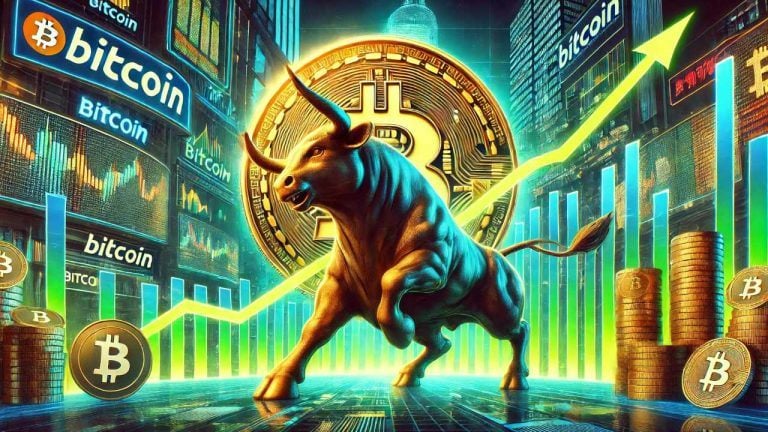
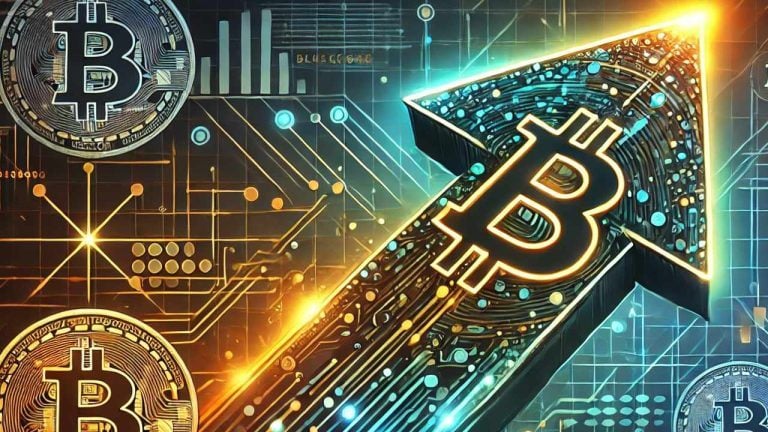

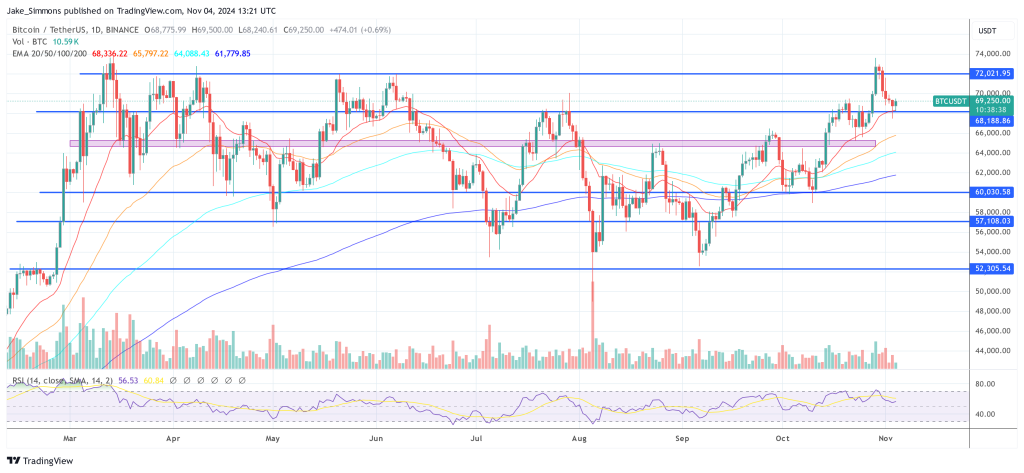

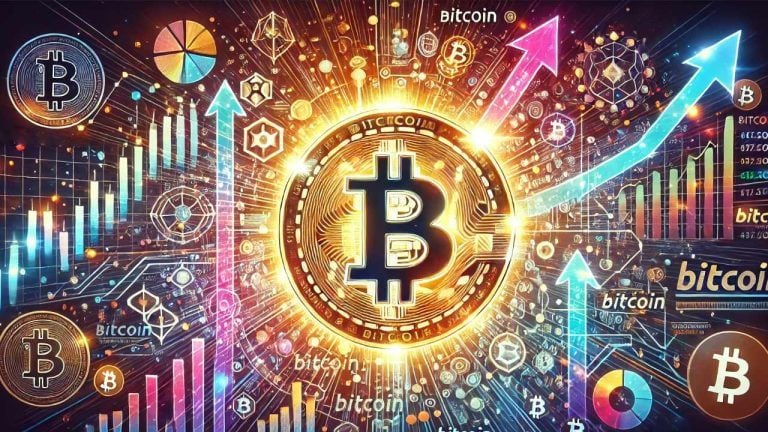
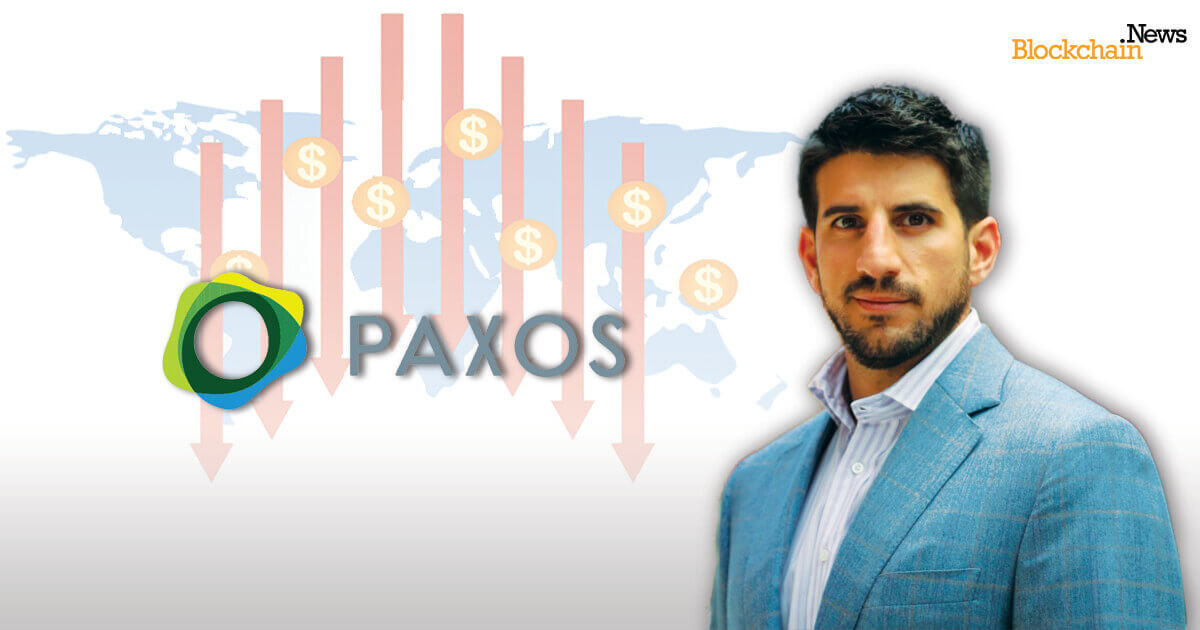





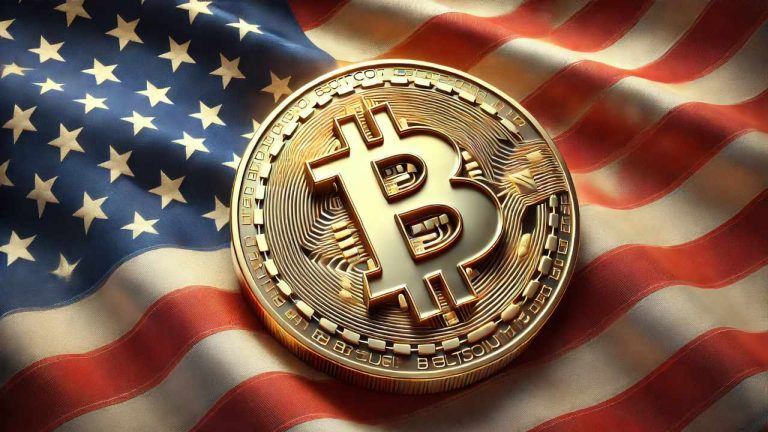
Comments